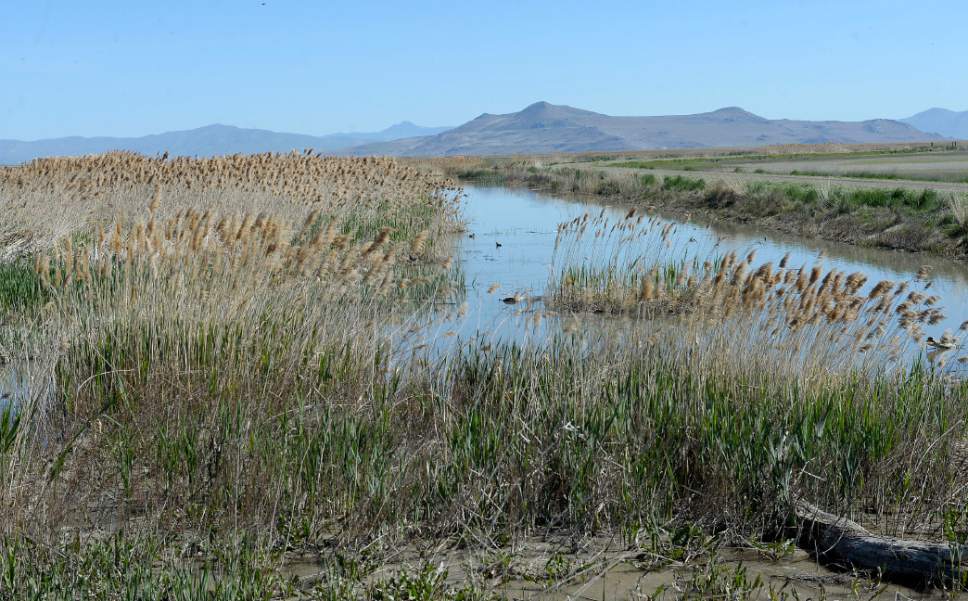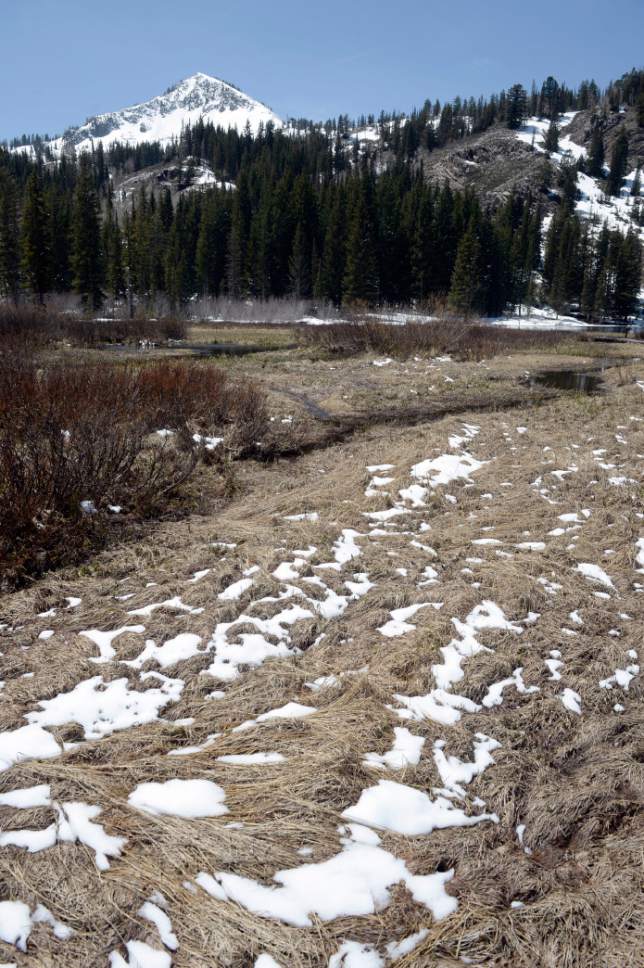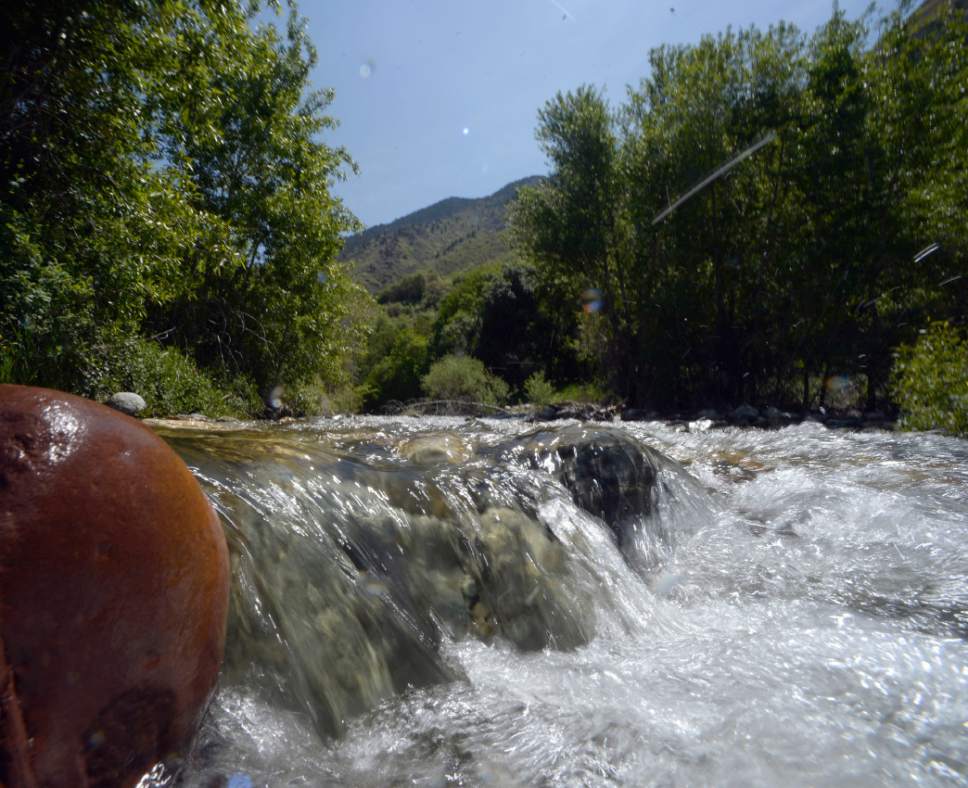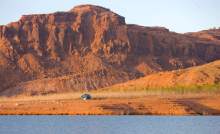This is an archived article that was published on sltrib.com in 2017, and information in the article may be outdated. It is provided only for personal research purposes and may not be reprinted.
Gov. Gary Herbert on Wednesday heralded the completion of the state's new 50-year water management plan, a document four years in the making.
In a public appearance with his personally appointed, 40-member team of water advisers, the Republican governor accepted the completed blueprint, which maps strategies for water conservation as the state's population grows and calls for the construction of big-ticket water projects at Lake Powell and the Bear River.
The document's development has not been without controversy, with part of the drafting process done in meetings that were not disclosed to the public, prompting an outcry. And that's not the only flashpoint in the 106-page water-management blueprint, compiled with help from Envision Utah.
Herbert offered high praise for the strategy's authors, calling their effort unprecedented and holding it up as a "model of cooperation and collaboration for the rest of nation."
Disagreement over a few of the document's chapters — particularly those regarding water development and conservation — forced advisers into intense deliberations just weeks before the governor's deadline for the completed report.
But the team was ultimately able to resolve those conflicts and arrive at a compromise based on the importance of water conservation and weighing environmental costs in order to finish the report, said one of the group's leaders.
"It took a lot of work, a lot of flexibility and compromise," said Tim Hawkes, one of the water strategy team's three co-leaders and a Republican representing Centerville in the Utah House.
The final draft does, however, still recommend the construction of both the Lake Powell Pipeline and the Bear River Project, each estimated to cost more than $1 billion. That fact displeases some environmentally minded members of Herbert's advisory team.
"Utah is not running out of water," said Lynn de Freitas, a team member and executive director of Friends of Great Salt Lake. "I don't see the need, and I don't think the data justify the need, for those two projects."
The Recommended State Water Strategy does urge that the state make efforts to conserve water before building either project.
It also includes a range of conservation ideas that de Freitas described as "very, very positive."
The final report can be read on the Envision Utah website, envisionutah.org.
During Wednesday's ceremony, Herbert said he initially called for the creation of a statewide water management strategy because he believed it was necessary for Utah to analyze its future water needs before they reached a crisis level. A changing and variable climate will make water more difficult to come by, he said, and demand will continue to increase as the state grows.
"We have swings in climate," Herbert said. "We have had drought in the past, and we will have drought in the future. … We need to anticipate what that's going to be like in a fast growing state."
Herbert, who said he would review the final water plan in the coming weeks, acknowledged that it would be impossible to immediately implement all of the report's recommendations. But central to his approach, the governor said, would be fiscal prudence, followed by safeguarding a sufficient water supply for the state's population and avoiding water waste.
"Any program going forward must include conservation," the governor said.
Herbert said he would also focus on whether the price Utahns pay for water is appropriate; protecting water quality; and improving the quality of the state's data on water use and demand.
If Utah is judicious in planning for its water resources, Herbert said he believed the state could continue to grow and sustain a high quality of life.
"Water is, in fact, the only limiting factor to the growth and quality of life we've come to enjoy," he said.
Twitter: @EmaPen











